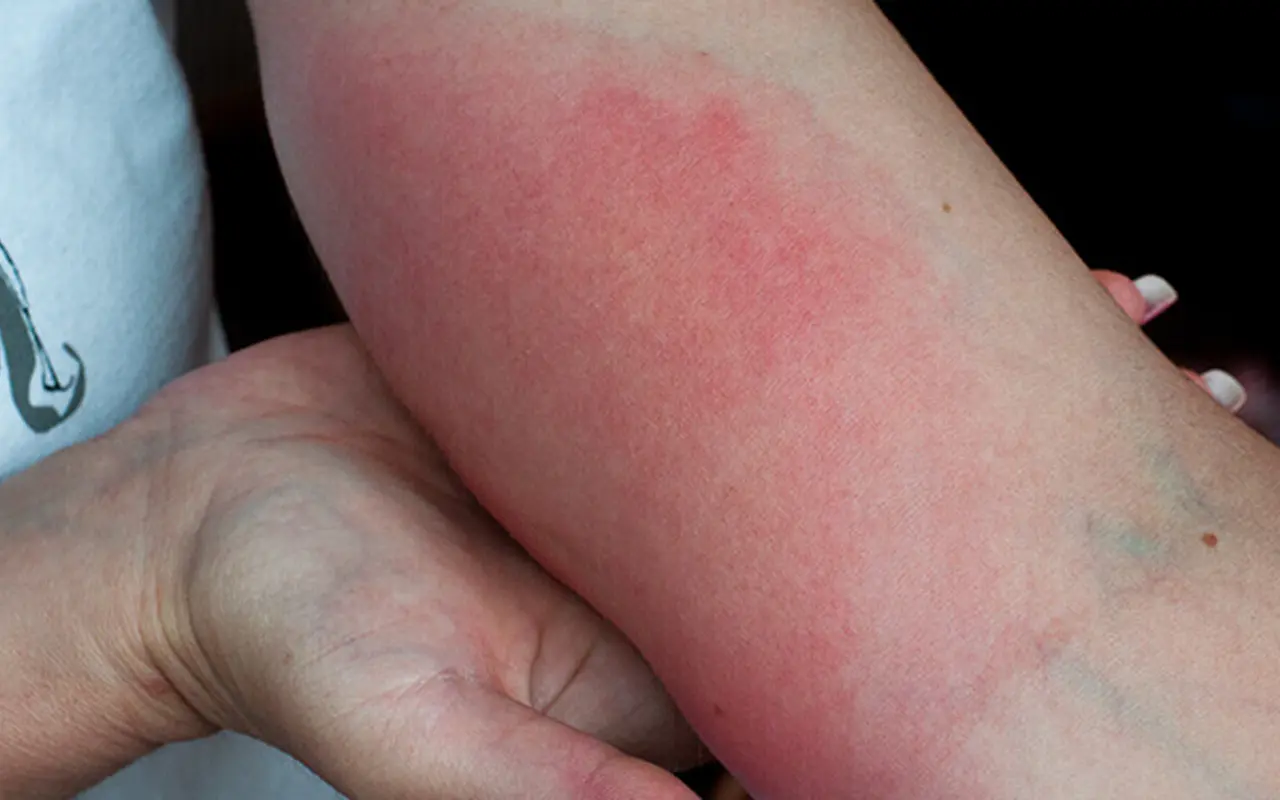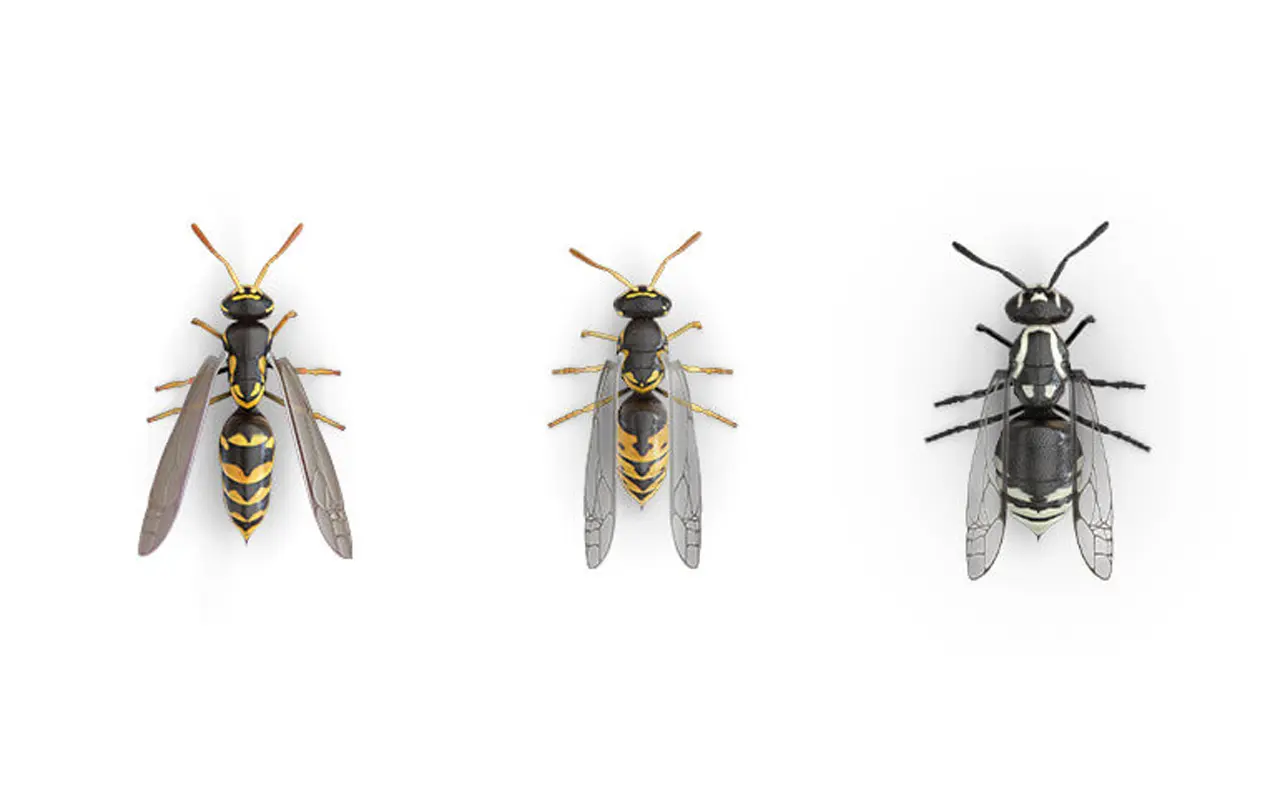Treating and Preventing a Wasp, Hornet, or Yellow Jacket Sting
Wasps, hornets, and yellow jackets sting as a means of self-defense. Their stingers contain venom that can cause mild irritation to some and trigger fatal allergic reactions in others.
Powered by the SC Johnson Center for Insect Science®
Don’t let the fear of getting stung get in the way of your outdoor fun. Find out how to help protect your family from wasp, hornet, and yellow jacket stings—and learn what to do if you or a loved one gets stung.
How to treat wasp stings

If you get stung, move to a safe area to avoid more stings and wash with soap and water as soon as you can. If the stinger is lodged in your skin, carefully remove it.
For mild reactions
For mild wasp sting reactions
- Apply a cold compress to help reduce pain and swelling.
- Apply 0.5 or 1 percent hydrocortisone cream, calamine lotion, or a baking soda paste to the stung area.
-
Take an antihistamine to reduce itching.
The signs and symptoms of a bite or sting disappear in a day or two. However, some people experience delayed reactions to wasp stings. If the symptoms worsen or persist, please call your doctor.
For severe reactions
If you experience any of the following reactions to a sting, please seek immediate medical attention!
- Intense pain
- Difficulty breathing
- Swelling of the lips, eyelids, or throat
- Dizziness, faintness, or confusion
- Rapid heartbeat
- Hives
- Nausea, cramps, or vomiting
Help prevent wasp stings

Paper wasp vs. Yellow jacket vs. Hornet
Paper wasps often don’t sting unless their nests are disturbed, but when they do, they can be very aggressive. On the other hand, yellow jackets and hornets can sting without being provoked at all.
Help avoid multiple stings
Honeybees (beneficial bugs necessary for pollination) normally die after stinging, but wasps, hornets, and yellow jackets often survive and can sting again. It’s important to leave the area immediately to avoid being stung more than once. After a yellow jacket stings its victim, it releases an “alarm pheromone” that excites nearby yellow jackets to attack as well.
How to help keep stinging insects away
To help avoid getting stung in the first place, the best defense is a good offense. For tips on how to help keep stinging insects away from your home and safely removing and treating wasp, hornet, and yellow jacket nests, check out How to Get Rid of Wasps
Find solutions for wasps
Help protect your family and keep pesky wasps from buzzing around your home with Raid® wasp products.
Disclaimer
This is provided for your information only and is not intended to diagnose or treat any medical condition. Should you have any symptoms or concerns, please contact your doctor.
Related

How To Get Rid Of Wasps, Hornets, And Yellow Jackets
The mere sight of wasps, hornets, and/or yellow jackets, tends to put a little panic in our heart. And with good reason, especially if you’ve ever been stung. Read on for tips and solutions to help rid these pests from your home – and prevent them from coming back.

How to Identify Bugs
The first step to getting rid of bugs in the house is knowing what kind of critter you’re dealing with. Use our interactive tool to help identify different types of bugs and find out how to fight them.

How Weather Affects Insects
Find out how outdoor temperatures and rain levels affect insects, including their behavior, reproduction rates, feeding habits, and more. Plus, learn what weather conditions drive bugs inside for shelter.

